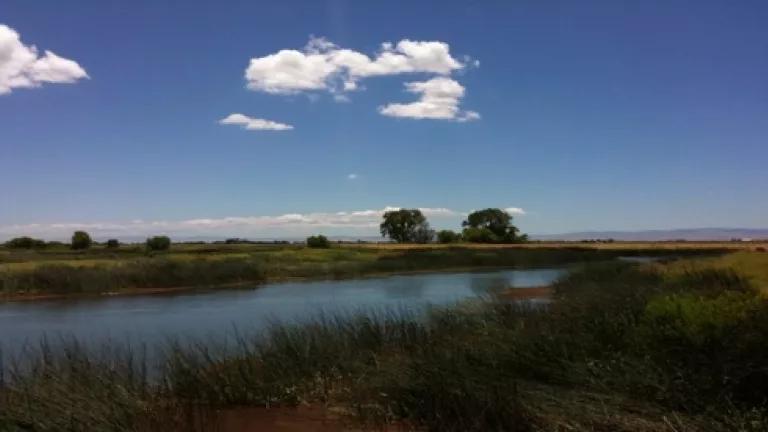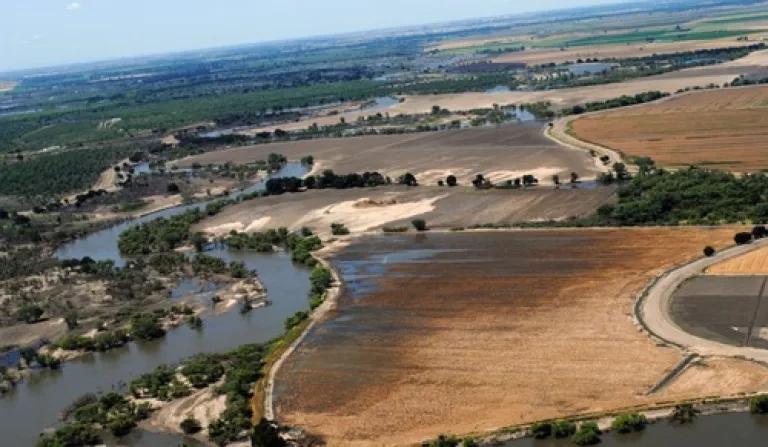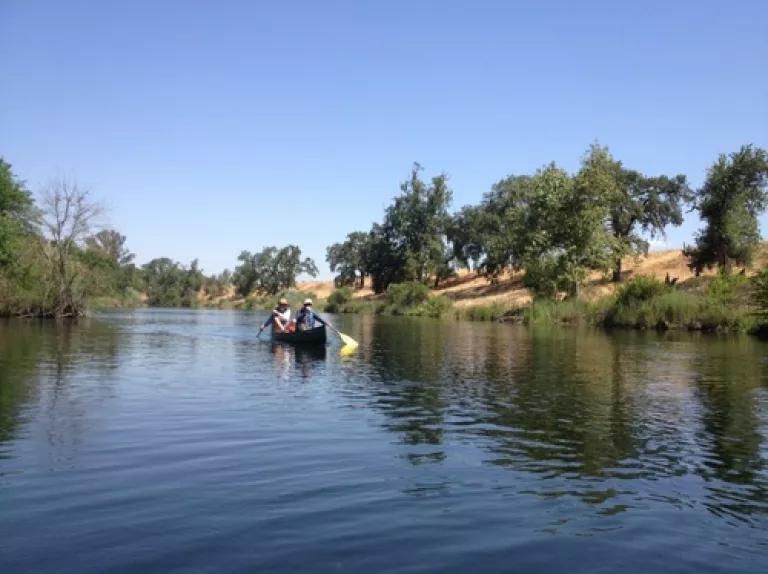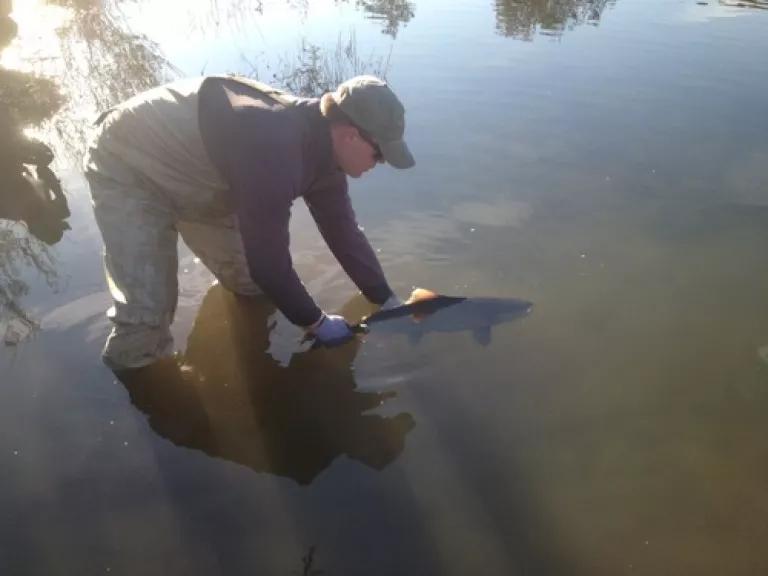
Something happened this week that probably would not have even occurred just five years ago – a farmer worked with conservation groups to sell his 497 acre dairy at the confluence of the Tuolumne and San Joaquin Rivers to the state of California to be restored to floodplain habitat and provide flood protection for cities downstream. And from beginning to end, the process took less than six months. What is even more incredible about this accomplishment is that there are countless flood protection projects all over the Central Valley that have languished for decades – and at a time when it is widely recognized that California has a growing flood protection crisis with millions of residents at risk of being flooded and the state potentially liable for billions of dollars in damages.
So what has changed?
A new vision of flood management has begun to emerge wherein the state of California, conservation groups, flood districts and other stakeholders have begun to act on the realization that the old paradigm of building bigger levees to improve flood management is a thing of the past. To get things done now requires developing projects that provide multiple benefits and therefore have broad support.

Source: © F.T. Griggs, River Partners (http://www.americanrivers.org/blog/hidden-valley-dairy-acquisition/)
The Hidden Valley Ranch acquisition exemplifies this shift by the fact that a broad array of stakeholders were able to work together to develop a project that preserves agricultural lands, restores vital floodplain habitat for fish and wildlife, and improves flood protection. Even the funding for the acquisition reflects this shift with $9.3M coming almost equally from California Department of Water Resources’ flood corridor program, the FloodSAFE Environmental Stewardship and Statewide Resources Office, and the Wildlife Conservation Board. However, for the deal to succeed, the farmer needed the transaction to occur quickly so that he could use the funds to acquire a more modern dairy nearby for his son to operate and so a temporary bridge loan was needed while state funding could be arranged. Recognizing the importance of supporting the Hidden Valley Ranch Project, the Natural Resources Defense Council, Natural Heritage Institute and River Islands LLC who jointly manage a restoration fund, helped orchestrate the purchase by providing an unsecured loan for $300,000 for a deposit. It took all the parties working together to enable the acquisition to happen and in a fraction of the time it would normally take for this type of real estate transaction.

A change in approach in flood management is long overdue and deeply needed in California. In addition to the rising flood risk in the Central Valley from development in floodplains and the increasing frequency and intensity of storms due to climate change, our rivers and the wildlife they support are in dire shape. Over 90 percent of our historic floodplain forests and wetlands have been lost. Struggling under diminishing habitat conditions, wildlife populations have plummeted - increasing the threat of extinction for more than a few species. Restoring the health of our rivers requires ending the conflict between flood protection and wildlife habitat and more importantly, finding ways to integrate the two along with other benefits like creating recreational access and preserving agricultural lands. The success of the Hidden Valley Ranch partnership demonstrates that is can be done and now we need to figure out how to do it again and again.

Credit Rene Henery
